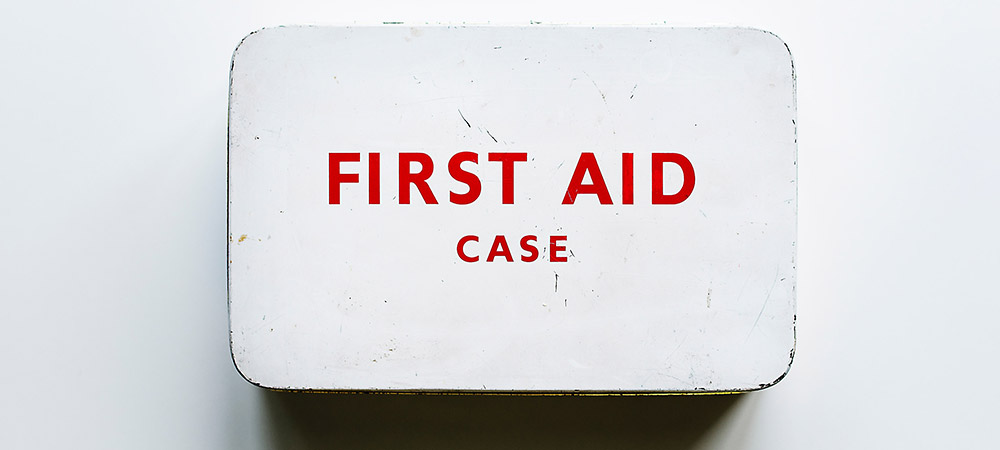Epinephrine and education: Perspectives using the La Crosse Method

With the recent controversy over skyrocketing EpiPen prices, more patients and providers are scrutinizing when — or whether — the life-saving epinephrine device is needed for use with sublingual immunotherapy using the La Crosse Method Protocol.
In the experience of the La Crosse Method Protocol authors, the safety of sublingual immunotherapy following the La Crosse Method protocol may preclude some patients from requiring the device. However, if a patient has a history of or is considered at risk of systemic reactions, especially in the case of food allergies, it is indicated. But there are always other issues to consider for patients and prescribers.
More prescribers in recent years have prescribed epinephrine for every patient undergoing sublingual immunotherapy based on the package indications for SLIT tablets. A key difference between these standardized doses and La Crosse Method sublingual immunotherapy is that the La Crosse Method dosing is therapeutically based on the patient’s level of sensitivity and dosed lower with more frequency, which should result in reducing the peaks and troughs that can cause symptom spikes with high dose treatments. In studies, higher-dose treatment has a demonstrated increase risk of reaction, which likely necessitated the current indication for Epinephrine prescribing on the label. However, a recent review suggests that the FDA black box warning be reconsidered due to the safety of sublingual immunotherapy.1
Ultimately, it is the prescriber’s prerogative to prescribe or not to prescribe based on their judgment, clinical experience, and patient needs and comfort. For patients deemed at risk of or having previously experienced systemic or anaphylactic reactions, it’s a necessity—again, especially for food allergies. Prescribers should also work closely with patients, and their parents in the case of minors, to ensure their needs are met and they feel comfortable with the treatment approach and prescribe epinephrine when indicated.
What should be considered equally important, for those who are prescribed epinephrine, is making sure patients are well educated and prepared on when and how to administer the lifesaving treatment. Treatment can only be helpful when it is used correctly. When prescribing epinephrine, providers should include education, including demonstration with a practice pen, to ensure that in case of reactions, the patient or the patient caregiver is confident in delivering treatment. Having occasional reminder lessons is important, especially in cases of children who may need to self-administer.
FARE (foodallergy.org) offers great resources to families and schools to help guide them to note key symptoms, how to administer epinephrine, as well as any other medications to use as an adjunct.
A key consideration is to have an action plan in place and share it with those who may face the need to act on the patient’s behalf. Ultimately, we don’t advise whether or not to prescribe; we encourage providers and patients to discuss what’s best for their given situation to ensure they are comfortable with an approach that takes risk, comfort and common sense into account.
By Michael B. Kachel, RPh, Allergychoices Pharmacy
- Is the Benefit From Prescribing Epinephrine Autoinjectors for Sublingual Immunotherapy Worth the Cost? Lessons Learned From Clinical Trials Portnoy, Jay et al. The Journal of Allergy and Clinical Immunology: In Practice , Volume 5 , Issue 1 , 90 – 91
